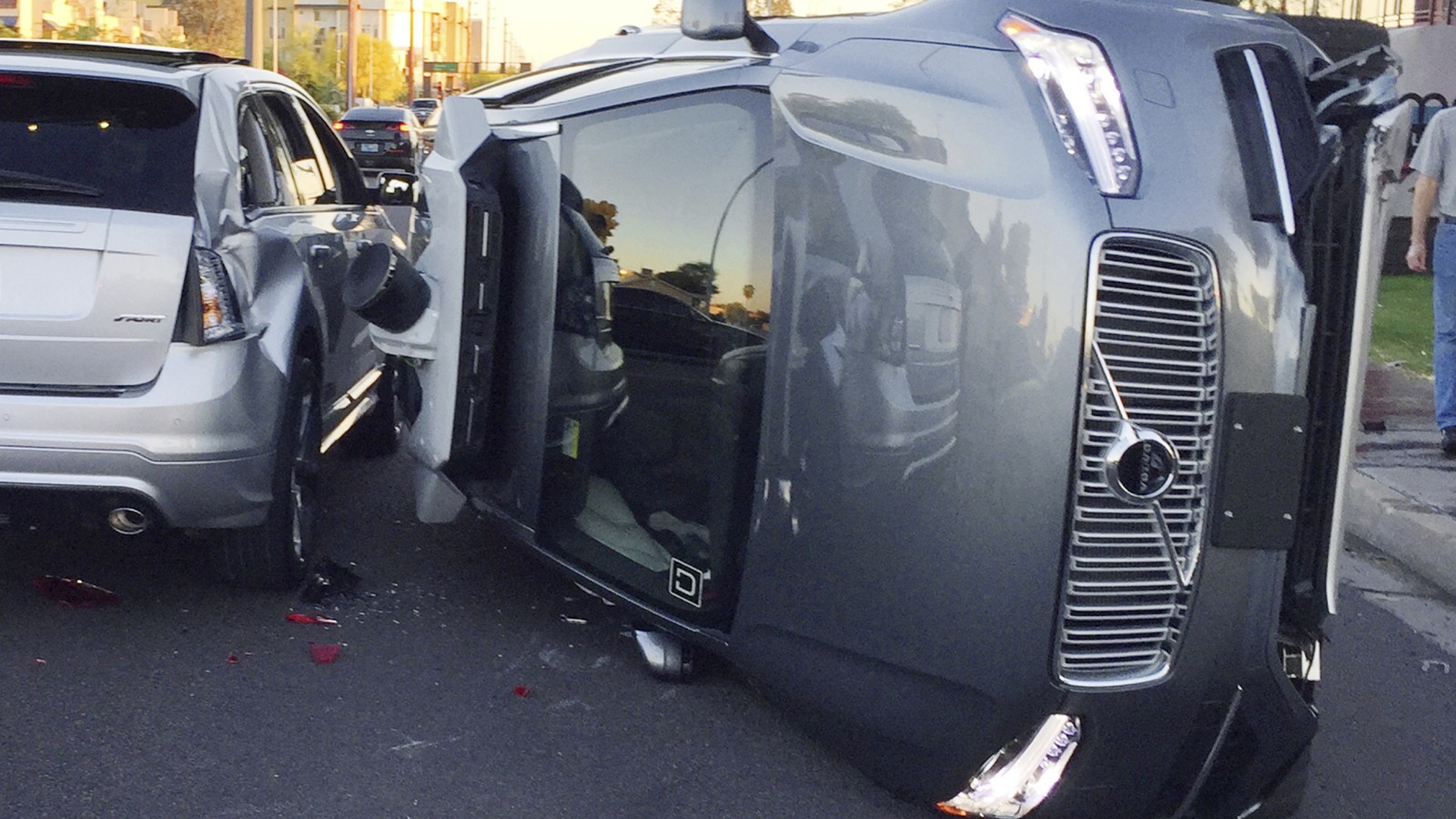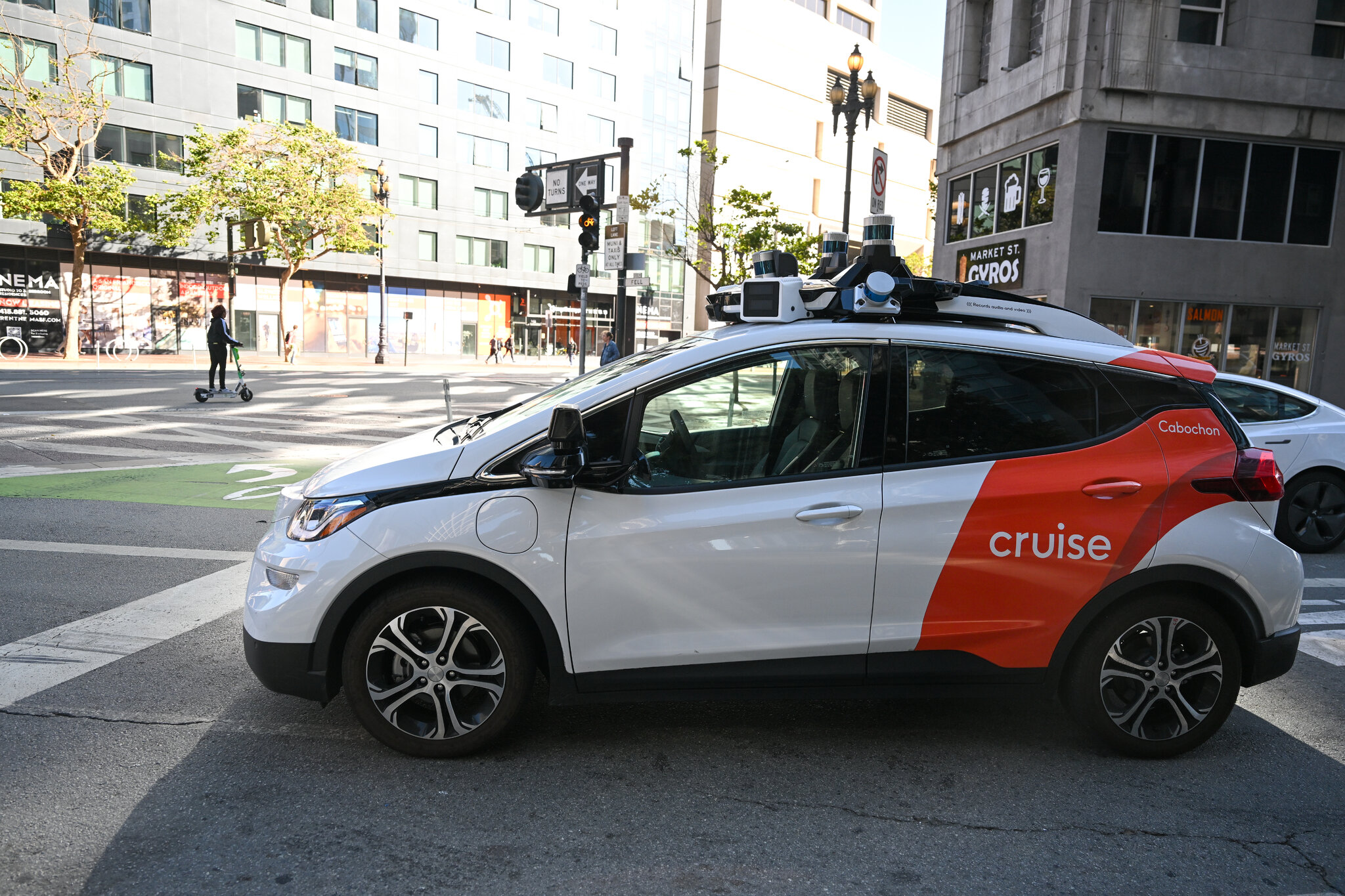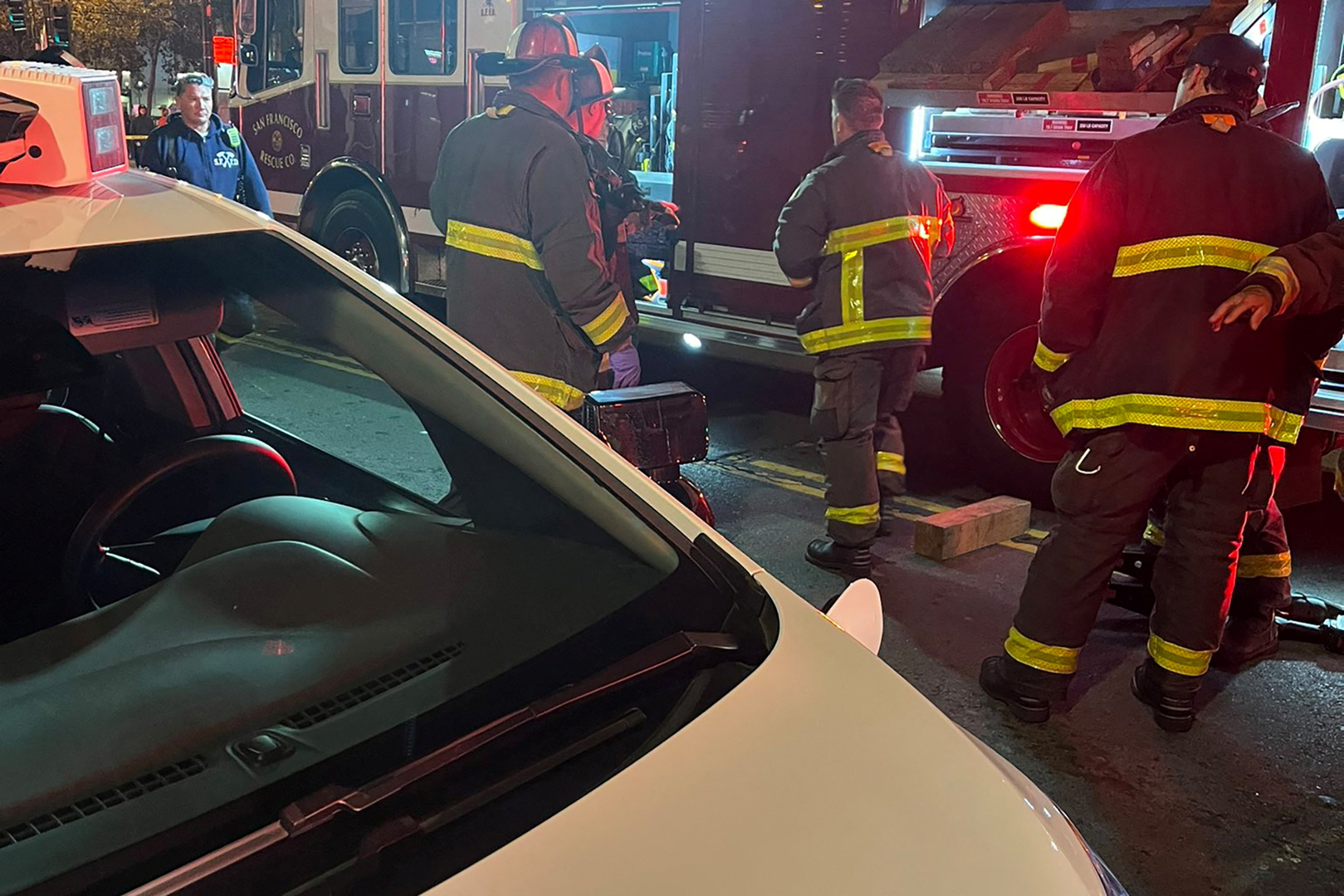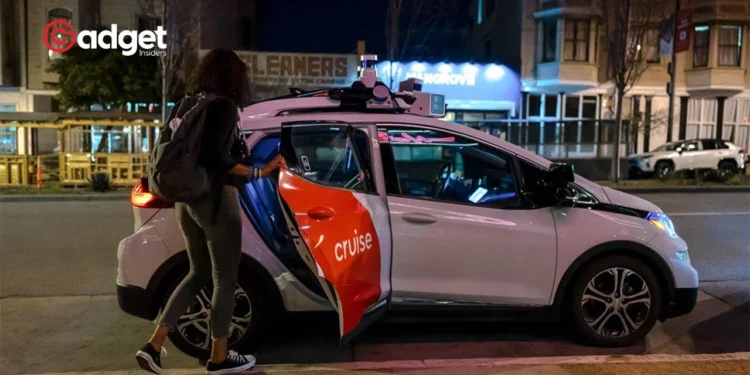San Francisco, known for its hilly streets and bustling traffic, has become a testing ground for autonomous vehicles. One of the city’s most notable experiments involves the driverless taxis operated by Cruise, a leading figure in autonomous driving technology. While these robotaxis have been a common sight, navigating the city’s complex traffic patterns for years, they have also presented a series of challenges.
Last night’s incident at the intersection of Market and Fifth Streets highlights the risks associated with the burgeoning technology and the unforeseen consequences of relying heavily on Automated Driving Assistance Systems (ADAS).

Driverless Taxi: A Harrowing Evening Incident
The sequence of events unfolded just after 9:35 p.m. when the traffic lights signaled green. Side-by-side, a conventional vehicle, and an autonomous Driverless taxi prepared to cross the intersection, unaware of the impending disaster.
As a pedestrian began to cross the street, she was tragically struck by a conventional vehicle. The impact sent her rolling into the path of the oncoming Cruise taxi, which subsequently ran over and pinned her leg beneath its rear axle and tire.

A Night of Innovation and Danger: How Autonomous Cars are Reshaping City Streets
Eyewitnesses and first responders provided a detailed account of the accident. San Francisco firefighters were prompt in their response, utilizing the jaws of life to free the woman from the harrowing situation.
She was immediately rushed to San Francisco General Hospital with multiple traumatic injuries, according to Captain Justin Schorr of the San Francisco Fire Department.
Disrupting Every Car Company on the Planet.@elonmusk is a Visionary in the Vian of Steve Jobs
Tesla the Iphone of Cars Autonomous driving & Robo taxi on the Horizon
Autonomous Driving Will Disrupt Car Insurance Industy, as Accidents go to Zero from cars communicating pic.twitter.com/Cp6a2EgK9i
— Miles Taylor (@MilesTaylor47) July 8, 2019
Autonomous Driverless Taxi: Technology in Question
The incident raises significant questions about the safety protocols and emergency responses embedded within autonomous vehicles. Captain Schorr noted that the driverless taxi, upon sensing something underneath it, ceased movement and activated its hazard lights—a standard procedure that proved insufficient under the circumstances.
“This case presents a scenario that our current safety protocols did not anticipate,” Schorr remarked. Firefighters had to obstruct the vehicle’s sensors to signal the Cruise control center, prompting an immediate remote deactivation of the car.

The Need for Refined Emergency Protocols
The unsettling event has sparked a conversation about the need for autonomous driverless taxis to have more nuanced emergency responses than merely halting in place.
“When a car stops on top of a human being and does not budge until forcibly moved, this indicates a serious gap in our safety measures,” stated a representative from the traffic safety authority.
This incident not only underscores the potential hazards of autonomous vehicles but also emphasizes the importance of continuous improvements in ADAS. The reliance on these systems to perform tasks they aren’t fully equipped to handle can lead to severe consequences.
As urban centers continue to adopt and integrate more autonomous vehicles into their infrastructure, the necessity for advanced, reliable safety protocols becomes increasingly apparent.
The dialogue surrounding autonomous vehicles and public safety continues to evolve, with stakeholders at all levels calling for enhancements that prioritize human life and public safety.
As technology progresses, the collaborative efforts between developers, regulatory bodies, and the community will be crucial in navigating the complexities of autonomous mobility and ensuring a safer future for all road users.










